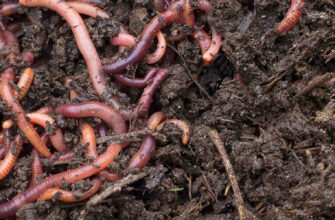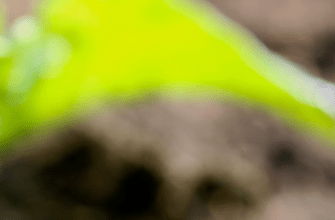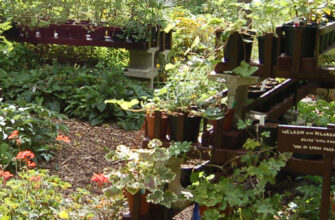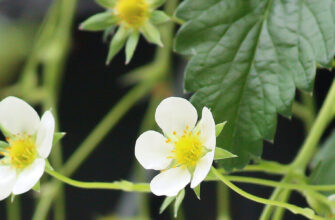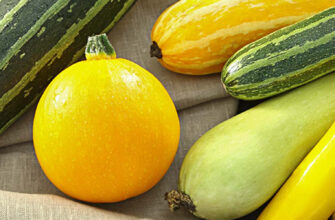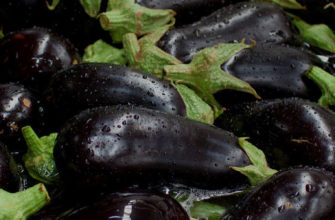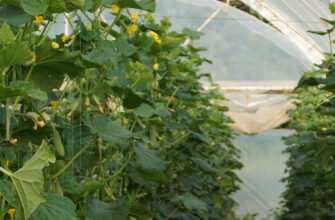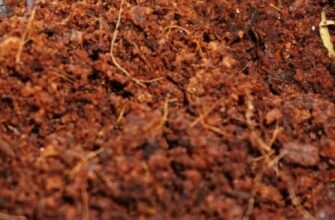Organic vegetable farming involves growing vegetables without the use of synthetic chemicals. This method is gaining popularity as organic food products become more sought after. Not only small-scale gardeners but also experienced farmers are adopting organic practices. This shift is driven by increasing numbers of people embracing healthier lifestyles and paying closer attention to the quality of the food they consume.
The demand for organic vegetables The demand for organic vegetables in Eastern Europe is steadily increasing, with new stores and markets specializing in these products opening each year. Organic farming also prevents environmental pollution, offering a sustainable approach to agriculture. To adopt this method, farmers need only shift their perspective on a few key practices. Read on to discover exactly what changes are needed to succeed in organic vegetable production. is steadily increasing, with new stores and markets specializing in these products opening each year. Organic farming also prevents environmental pollution, offering a sustainable approach to agriculture. To adopt this method, farmers need only shift their perspective on a few key practices. Read on to discover exactly what changes are needed to succeed in organic vegetable production.
The organic way of growing
In the second half of the 20th century, many countries actively implemented intensive agricultural technologies. These methods allowed for rapid increases in agricultural production, but also had serious consequences:
- Soil depletion
- Decline in water quality
- Environmental pollution from eco-friendly farming pesticides and chemicals
- Negative impacts on human health due organic farming methods to residues of agrochemicals in food
As a response to these issues, many countries began to promote organic farming — organic vegetable garden, a system based on natural processes that excludes chemical fertilizers, pesticides, growth hormones, and GMOs.
Today, organic farming covers millions of hectares worldwide. The largest organic land areas are found in:
- Australia — over 35 million hectares
- Argentina, Spain, USA, and India drip irrigation for vegetables — several million hectares each
The European Union actively supports the transition to organic production through subsidy programs and the “Farm to Fork” strategy, which aims for at least 25% of EU farmland to be organic by 2030.
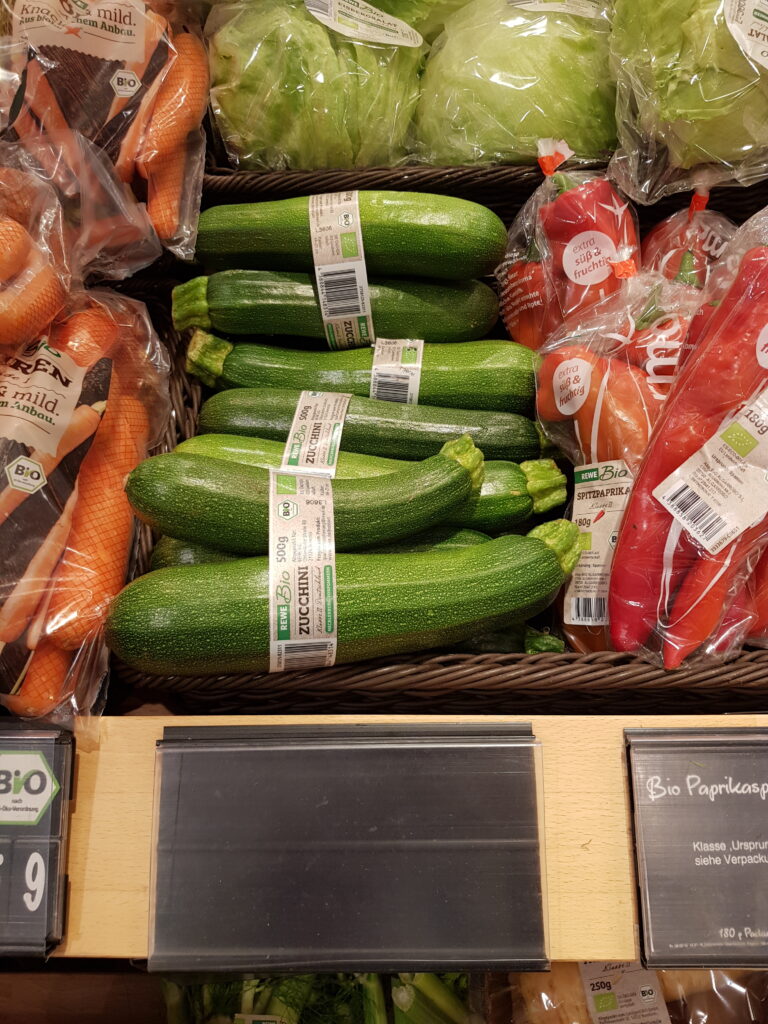
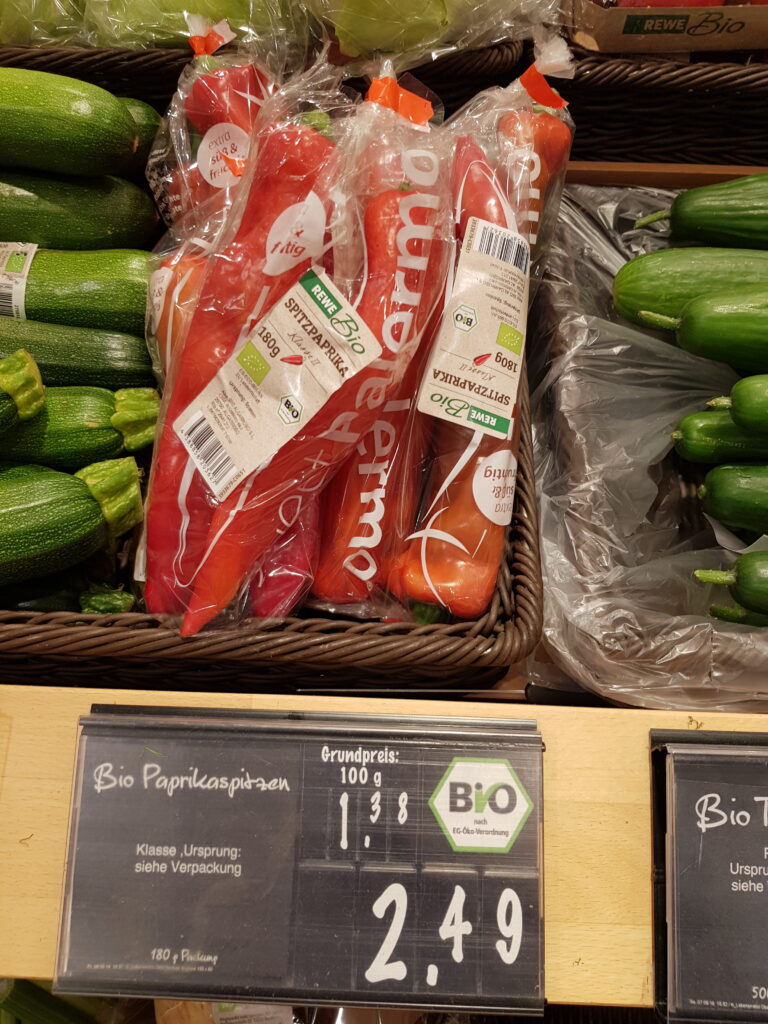
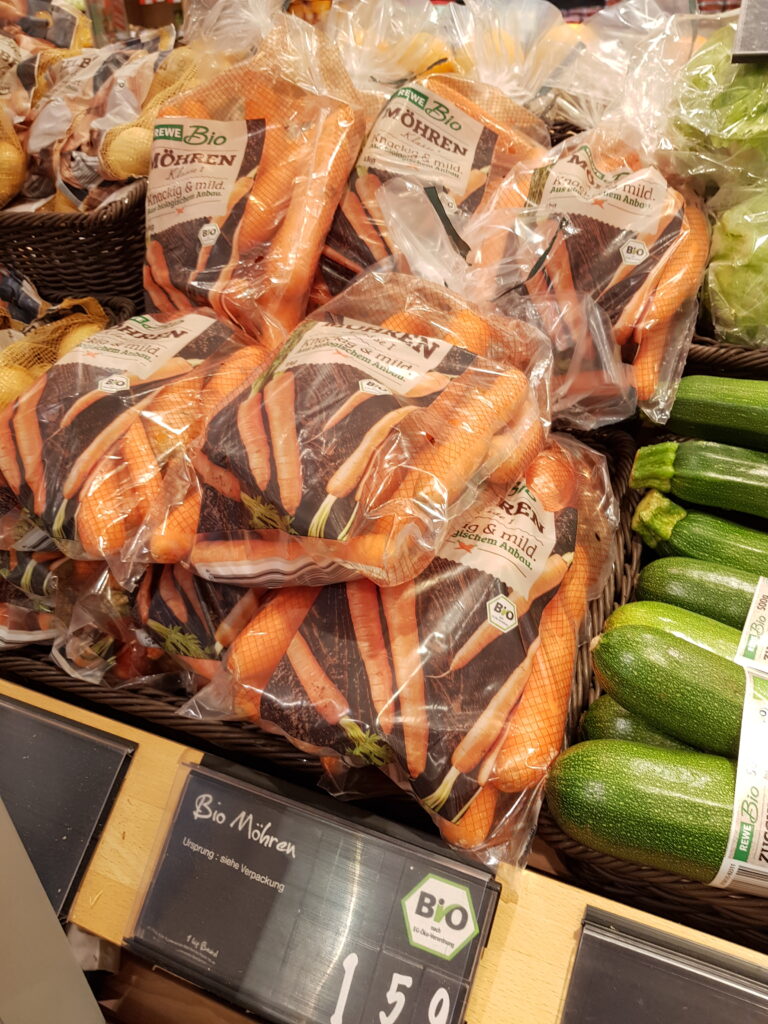
Organic farming involves the use of exclusively natural soil resources, organic fertilizers, biological plant protection methods, high-quality seeds, etc.
The benefits of organic vegetable growing
- improved taste of products due to freshness and absence of pesticides;
- healthy eating;
- reducing the impact of harmful chemicals on the environment.
Despite its benefits, organic vegetable farming is less widespread than conventional methods due to several challenges. Organic farming typically results in lower yields compared to intensive methods, as it avoids synthetic fertilizers and pesticides that boost production. Additionally, farmers must obtain “eco” certification to market their products as organic, which involves rigorous inspections and compliance with strict regulations from certifying bodies. This certification process is costly and time-consuming, requiring adherence to precise production and processing standards for certified organic products. These factors increase the cost of organic vegetables, making them more expensive than conventionally grown produce.
In contrast, home gardeners practicing organic methods face fewer barriers. Without the need for formal certification, small-scale organic gardening avoids these costs and regulatory hurdles. By growing your own vegetables organically, your family can enjoy high-quality, flavorful produce while contributing to environmental sustainability by avoiding chemical pollution. This makes organic gardening an appealing option for households seeking healthy, eco-friendly food production.
Soil
Where does organic farming begin? With selecting a suitable plot. Professional farms conduct agrochemical testing before planting to determine chemical contamination levels, humus content, nutrients, and soil structure.
This analysis helps assess whether the soil is suitable for growing “clean” vegetables. If the sustainable crop rotation soil is poor in nutrients, achieving a good harvest without mineral fertilizers can be difficult.
Crop Rotation
Organic farming emphasizes environmental protection. To avoid depleting the soil and reduce the risk of diseases and pests, consider the companion planting vegetables previous crops grown. Closely related plants often suffer from the same pests and diseases, so avoid planting them in the same area consecutively.
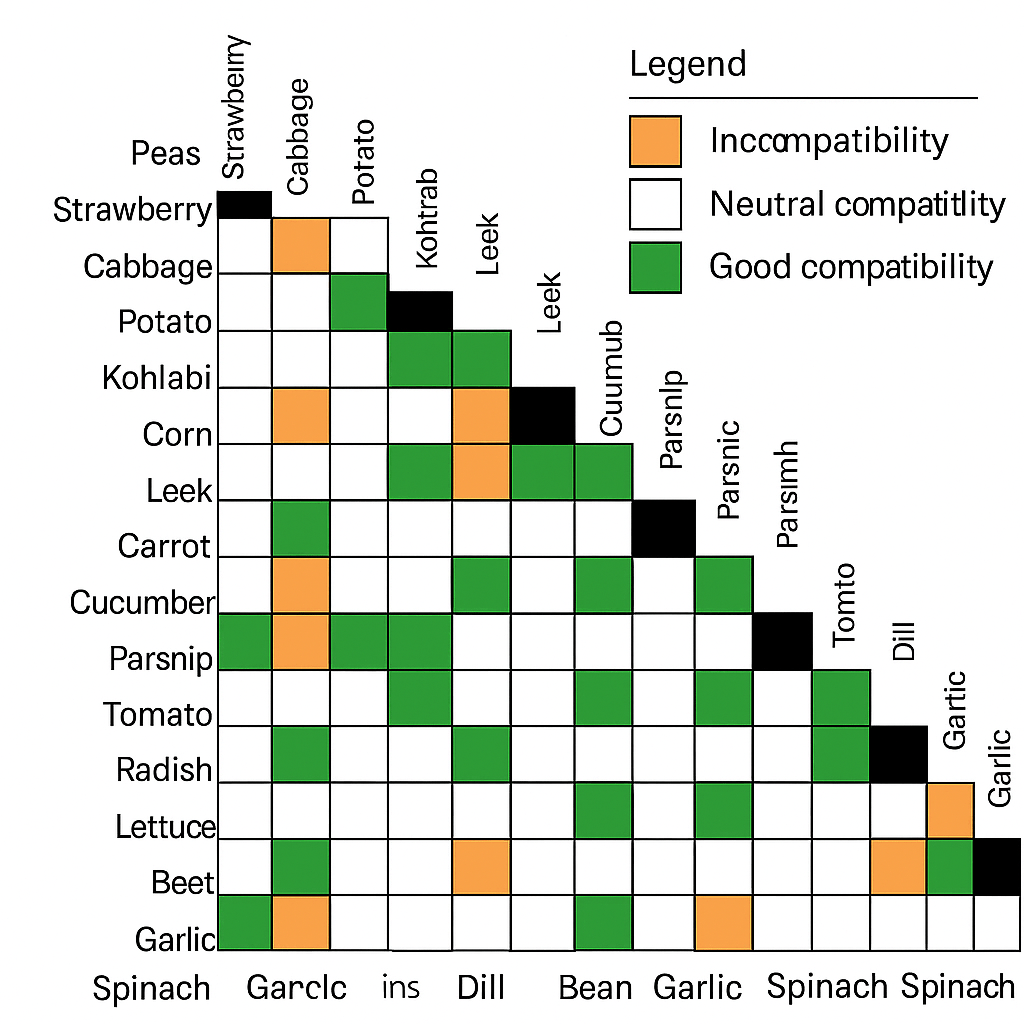
Companion Planting
Growers have long noticed that certain plants have beneficial neighbors. Others can negatively impact aromatic herbs in gardening their growth. When planning your plot and planting layout, consider the biological needs of the crops.
For example, spinach and sorrel thrive in the shade of corn. Planting lettuce or radishes next to organic fertilization methods melons frees up space early for sprawling vines. Such knowledge helps you use every bit of land efficiently.
Include aromatic herbs! Besides enhancing your dishes, they repel pests. Flowers planted among vegetables not green manure crops only beautify your garden but also attract beneficial insects or repel harmful ones with their scent.
Таблица. Рекомендуемые и нежелательные соседи овощных культур
| Vegetable | Good Neighbors | Bad Neighbors |
| Eggplant | Basil, beans, lettuce, peas, potatoes, spinach | – |
| Peas | Beans, carrots, corn, cucumbers, eggplant, etc. | Onion, garlic |
| Cabbage types | Beetroot, chard, potato, celery, dill, lettuce, onion, spinach | Beans, tomatoes |
| Potato | Beans, broccoli, cabbage, corn, eggplant, garlic, lettuce, onion, peas, radishes | Cucumbers, melon, zucchini, sunflower, tomato, turnip |
| Corn | Beans, cucumbers, lettuce, melon, peas, potatoes, zucchini, sunflower | Tomatoes |
| Onion | Beetroot, tomatoes, broccoli, spinach, cabbage, potatoes, carrots, lettuce, pepper | Beans, peas, sage |
| Carrot | Beans, sage, radishes, lettuce, onion, rosemary, peas, tomatoes | Dill, parsley |
| Cucumber | Beans, broccoli, corn, cabbage, cauliflower, sunflower, peas, lettuce, radish | Spicy herbs, melon, potatoes |
| Pepper | Basil, coriander, onion, spinach, tomato | Beans |
| Tomato | Asparagus, basil, beans, cucumbers, carrots, celery, dill, lettuce, melon, onion, parsley, pepper, radish, spinach, thyme | All kinds of cabbage, potatoes, corn |
| Salad | Asparagus, beetroot, cabbage, Brussels sprouts, carrots, corn, cucumbers, onions, peas, eggplant, potatoes, radishes, spinach, strawberries, sunflowers, tomatoes | Broccoli |
| Beet | Broccoli, asparagus, cauliflower, lettuce, onion | Mustard, beans |
| Celery | Beans, broccoli, cabbage, cauliflower, leeks, spinach, tomatoes | – |
| Asparagus | Basil, beetroot, lettuce, parsley, spinach, tomatoes | – |
| Beans | Broccoli, corn, cabbage, carrots, celery, cauliflower, cucumbers, eggplant, peas, potatoes, radishes, squash, strawberries, tomatoes | Garlic, sunflower, onion, pepper |
Fertilization
Fertilizers help plants grow faster and produce organic composting higher yields. Here are options compatible with organic farming:
- Manure and composted manure — organic fertilizers made from decomposed manure of plant-eating animals (rabbits, horses, sheep, certified organic seeds chickens), or store-bought organic mixes. Be cautious, as they may contain weed seeds, pest eggs, or fungal spores.
- Green manure (cover crops) — plants grown to be tilled into the soil, improving structure and enriching it with nitrogen. Mustard, rye, clover, lupine, peas, and beans are commonly used.
- Compost — made from decomposed plant material.
Organic feeding solutions — humates and micronutrient mixes for sustainable nutrition.
Planting Material
To grow clean organic vegetables, ensure seed quality. Choose untreated seeds or certified organic seeds. To prevent diseases, select resistant varieties and hybrids.
For seedlings, check for wilting, spots, or deformities. Roots should be white and well-developed. Avoid plants with flowers or buds — if necessary, pinch them off before planting to redirect energy to root development.
Weed Control Without Herbicides
Weeds compete for water, organic weed control and nutrients and may attract pests or harbor diseases.
Avoid deep tillage, which brings dormant weed seeds to the no-herbicide gardening surface. Most weed seeds germinate within 2–3 years if disturbed.
Burn weeds with a gas torch.
Use harrowing when seedlings are small — this uproots drip irrigation system weeds without harming crops (e.g., potato, corn, onion, carrot).
Grow cover crops (green manure) to water-saving gardening, suppress weeds and enrich the soil.
Mulch the soil (3–5 cm layer) with straw, wood natural pest deterrents, shavings or agrofabric to block sunlight and suppress weed growth.
Irrigation
Wet leaves promote disease, and too much water around roots can cause rot. Drip irrigation is ideal biological pest control — it delivers water directly to the root zone and avoids wetting the paths between rows, reducing weed growth.
Reusable drip lines are disease-resistant vegetables, more eco-friendly and cost-effective long-term.
Pest and Disease Management
Chemical pesticides are eco-friendly pest management not allowed in organic farming. Prevention is key:
- Crop rotation
- Removing plant residues and weeds
- Ventilation and optimal humidity in greenhouses
- Healthy seed and seedling selection
- Disease-resistant varieties
- Timely planting and correct spacing
- Gentle care to avoid plant injuries
- Planting flowers and herbs that repel pests
If pests or diseases appear, remove affected parts or whole plants. Do not compost infected material — it may spread the disease later.
For pest control, hand-picking insects is the most natural method. Alternatively, use biological products from garden stores or prepare homemade sprays using traditional methods.
Organic farming has many advantages, especially for home cultivation. Therefore, follow our advice and enjoy high-quality products that will only bring health benefits.
If you have found a spelling error, please, notify us by selecting that text and pressing Ctrl+Enter.

